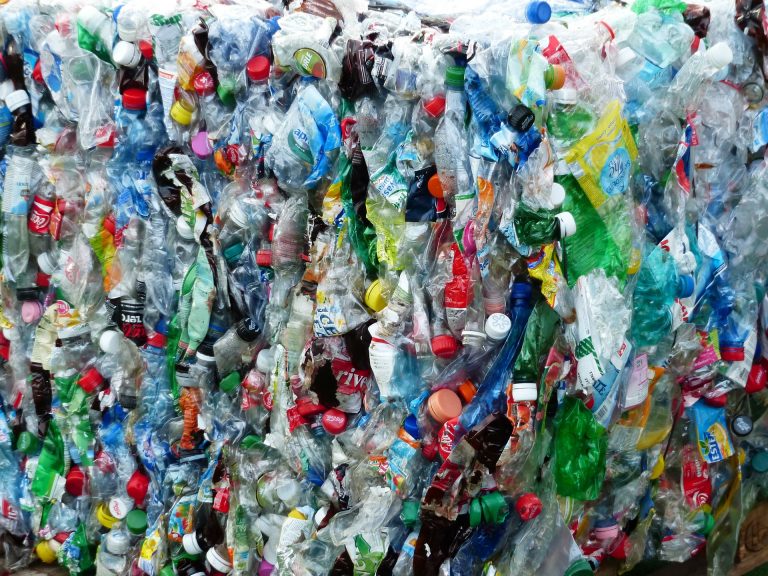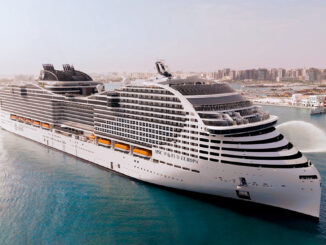
Microplastics are very small plastic particles (less than five millimeters). In general, a distinction is made between primary and secondary microplasty. Primary microplastics include plastic particles that are produced by industry for a specific purpose. These include the use in cosmetic products, but also the use as earth replacement for plastic turf pitches.
Secondary microplastics are created by the abrasion of everyday products such as car tires or synthetic clothing and by the decay of disposable plastic, which is decomposed in the sea by the sun and the waves.
Where Is Microplastics Contained?
The problem is that microplastics – whether primary or secondary – sooner or later enter the natural water cycle and thus into drinking water, food and finally into the human body.
In a study carried out in the USA, microplastic residues were discovered in 83 percent of the water samples taken worldwide. Microplasty has also been found in some foods. In addition to honey, sugar and beer, foods originating from the ocean were clearly contaminated. The atmosphere plays an important role in the distribution of plastics, as plastic particles can travel a great distance.
There is no satisfactory answer to the question of how the regular consumption of water and food contaminated with microplastics affects the human organism. According to the Current Environmental Health Report, permanent microplastic contamination of fish and other marine animals has alarming effects: inflammatory reactions, physiological disorders, tumour formation and an increased mortality rate.
How to Avoid Microplastics
More and more people are interested in microplastics. We owe this, in addition to the many studies that have been carried out in recent years, to the media. Both the classical and the social media play an important role.
To make the world a bit cleaner, you can reduce your plastic consumption by, for example, taking a backpack or a cloth bag with you when you next shop, instead of buying a plastic bag in the supermarket. Also find out what ingredients your cosmetic products are made of. If they end with the letters “ylat” or “ylen”, this could be an indication of a plastic compound. To be on the safe side, you can use natural cosmetic products that are now available in every major drugstore.
However, the points mentioned are only a fraction of the measures you can take to reduce your plastic consumption. If you want to know more about “Microplastic” and “Plastic-free alternatives“, the internet will provide you all the information you need.








